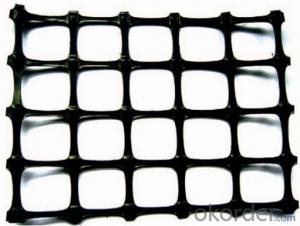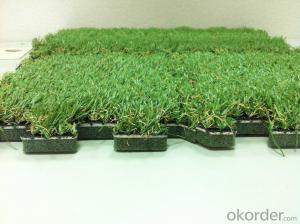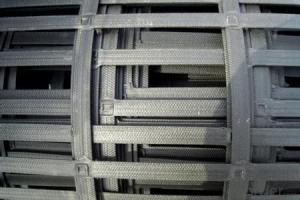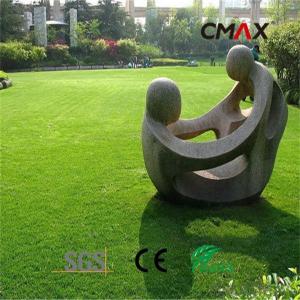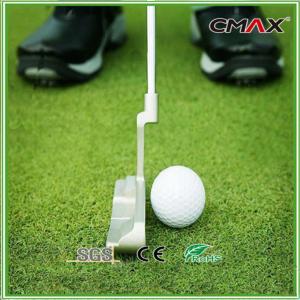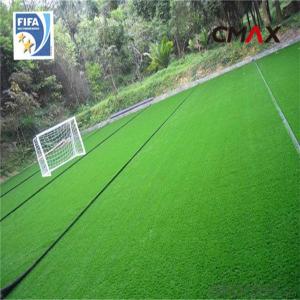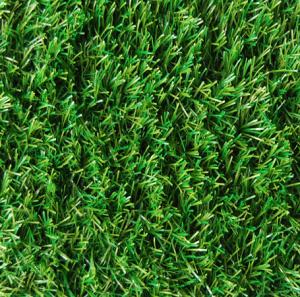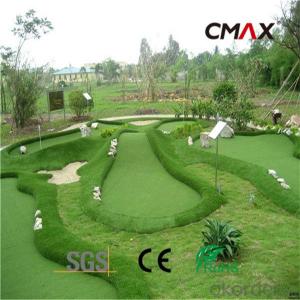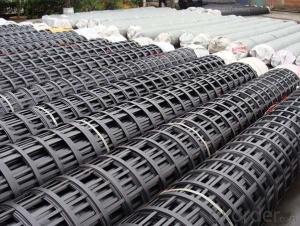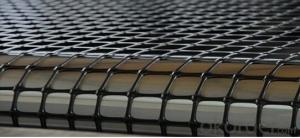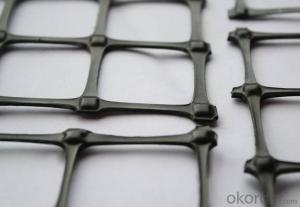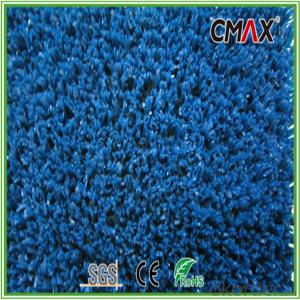Geogrid Grass Driveway
Geogrid Grass Driveway Related Searches
Fridge With Freezer On Bottom Driveway Pillars With Lights Blu Ray Player With Recorder Blu Ray Player With Internet Geogrid In Retaining Walls 1708 Biaxial Fiberglass Tape Pullout Resistance Of Geogrid Geogrid Warp Knitting Machine Srw 3 Series Geogrid Biaxial Plastic GeogridHot Searches
Fiberglass Scaffolding For Sale Fiberglass Panels For Sale Fiberglass Greenhouses For Sale Geogrid Fabric For Sale Gas Powered Core Aerator For Sale Revolution 4 Propeller For Sale Alabaster Carving Stone For Sale Geogrid For Sale Near Me Tensar Geogrid For Sale Geogrid For Sale Ex Display Log Cabins For Sale Photoelectric Cells For Sale Athletic Lockers For Sale Cubicle Partitions For Sale Stearman Propeller For Sale Palram Greenhouses For Sale Gumbo Bowls For Sale Suzuki Propellers For Sale Freight Crates For Sale Outhouse Sheds For SaleGeogrid Grass Driveway Supplier & Manufacturer from China
Okorder.com is a professional Geogrid Grass Driveway supplier & manufacturer, offers integrated one-stop services including real-time quoting and online cargo tracking. We are funded by CNBM Group, a Fortune 500 enterprise and the largest Geogrid Grass Driveway firm in China.Hot Products
FAQ
- Classification and application of polyethylene geogrid?
- The utility model is suitable for the construction of roads, railways, rivers, lakes, and coastal areas, such as reinforced retaining walls, dams, bridge decks, steep slopes and geocell. Its function is to improve the bearing capacity of the retaining wall or embankment, prolong the service life, reduce the occupation area, shorten the construction period, reduce the cost and reduce the maintenance cost.
- Yes, geogrids are suitable for use in mechanically stabilized embankments. Geogrids are widely used in such applications due to their high tensile strength and reinforcement capabilities. They help distribute loads, reduce settlement, and increase the stability of embankments.
- Geogrids offer several advantages in ground reinforcement, such as increased stability and load-bearing capacity. They distribute the load more evenly, reducing the risk of soil erosion and settlement. Geogrids also improve soil confinement, preventing lateral movement and promoting better compaction. They are versatile, cost-effective, and easy to install, making them a preferred choice for various applications like road construction, retaining walls, and slope stabilization.
- Is it the same thing as two way tgsg30-30 geogrid and two - way plastic geogrid
- Biaxial stretching plastic geogrid is a general term, it can also be called biaxial tensile polypropylene geogrid";
- Which kind of polypropylene geogrid belongs to the geogrid?,Geogrid is divided into four categories: plastic geogrid, steel plastic geogrid, fiberglass geogrid and fiberglass polyester geogridPlastic geogrid?
- The steel plastic geogrid is a composite of polyethylene and steel wire;Glass fiber geogrid, warp knitted polyester geogrid is woven glass fiber or polyester fiber woven geogrid, nor is it that you said the polypropylene soil
- Geogrids enhance the stability of steep slopes by providing reinforcement and increasing the tensile strength of the soil. They act as a barrier, distributing the load and preventing soil erosion. This reinforcement helps to prevent slope failure and ensures the long-term stability of the slope.
- Geogrids help in reducing soil settlement by providing reinforcement and stability to the soil structure. They restrain the lateral movement and spread the load more evenly, preventing excessive settlement.
- Geogrids improve the performance of geotextile-reinforced slopes for erosion control by providing additional stability and reinforcement to the soil. They help distribute the load and prevent soil movement, reducing the risk of slope failure and erosion. Additionally, geogrids enhance the overall strength and durability of the slope, increasing its resistance to erosion caused by water flow and other external forces.



